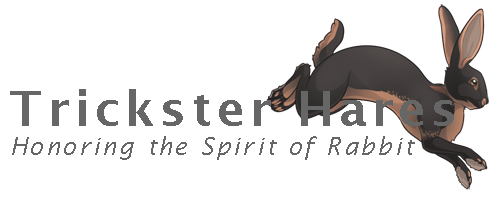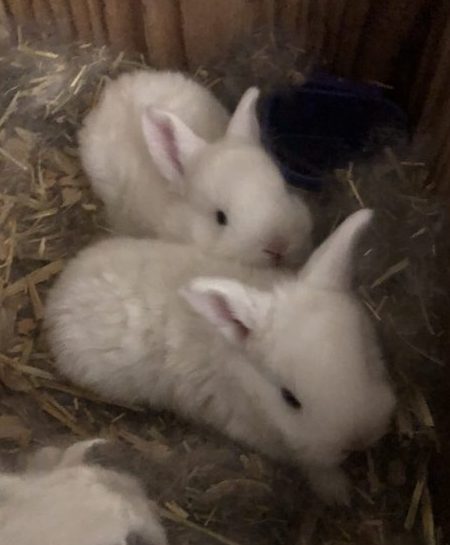Yes, we’re still raising Beveren and Belgian Hares, through the coronavirus pandemic, RHD rabbit pandemic, and, well, 2020. We have not been out to shows since 2019, because of all the above. It was a rough year of too many rabbits as we had bred for the West Coast Classic and National Convention!
Our home is up at 6,700 feet and our county has not had any recorded RHDV2 cases. It has spread in the high desert, but not up into the mountains. Perhaps the mountain cottontail species in the higher altitudes aren’t as susceptible as the desert cottontail, but that’s just speculation. It may be a matter of time, and we’re keeping our eyes and ears open, and prohibiting all visitors to be safe.
We aren’t really conducting sales at this time, unless you are aware of RHD and necessary precautions, aren’t coming from a hot zone, and understand the risks involved. We’ll go on lockdown if the RHD virus comes near here. Some vets have imported vaccines and this may be a solution if you are in a risky area; note that you do have to get boosters for the vaccines if this disease lingers.
We chose not to vaccinate due to the size of our herd and the yearly cost that would entail, eliminating our benefits to raising our own food. While they double as show rabbits, being a rare breed they don’t pull in enough demand to offset that yearly cost, making the whole project cost-prohibitive. For smaller herds it’s more feasible. It’s also unfortunate but what I’ve read, a rabbit can still contract and shed the virus, just not come down sick if vaccinated. That means someone could pass on an animal with the disease unknowningly – no thank you. In order to stop transmission of this virus I’d rather be aware if I had any infected animals.
I prefer to breed for genetic resistance – my research has turned up something like a 30% up to 90% death rate. That tells me there’s a chance plenty of my herd would survive, to breed more resistant rabbits. I think that is the only way to beat this disease if it becomes endemic. When we were in California, we saw this happen with Myxamatosis – it was rare, but we had some Harlequin who just didn’t come down with the disease even when exposed. (The only breed we saw this resistance in.) I believe it is possible, and more sustainable, even if it entails the loss of some of my beautiful stock. Everyone gets to make their own choice. And, if you are near a hot zone starting off with a trio, getting a vaccine on your new foundation stock is a pretty good idea, as a small number of rabbits is manageable in this way, and keeps them safe.
Hopefully the human and rabbit diseases soon pass. Stay safe!


Looking for trio Beveren Availible and price?
Hi Ron, prices are listed under Sales on this site, http://tricksterhares.com/sales/#prices.
Do you have transportation from Colorado?